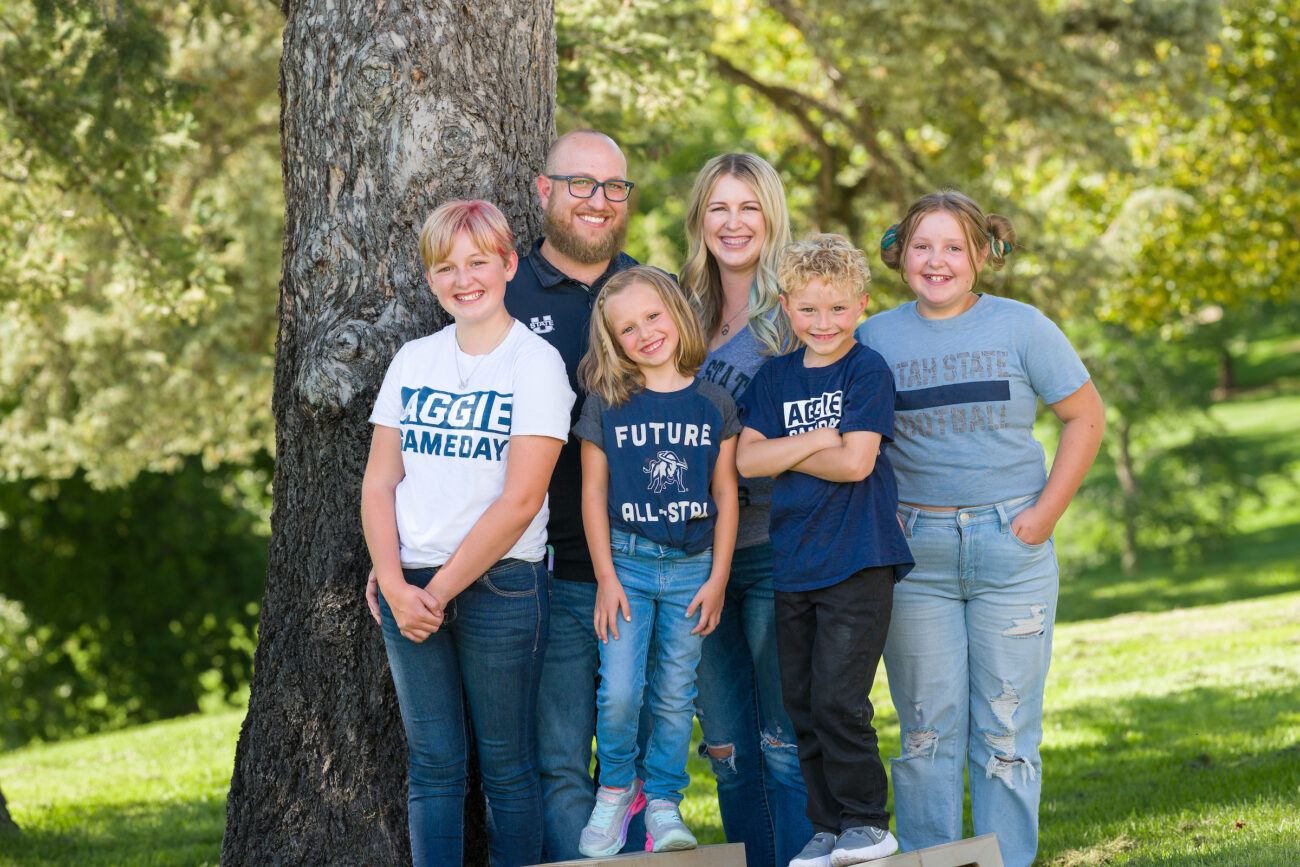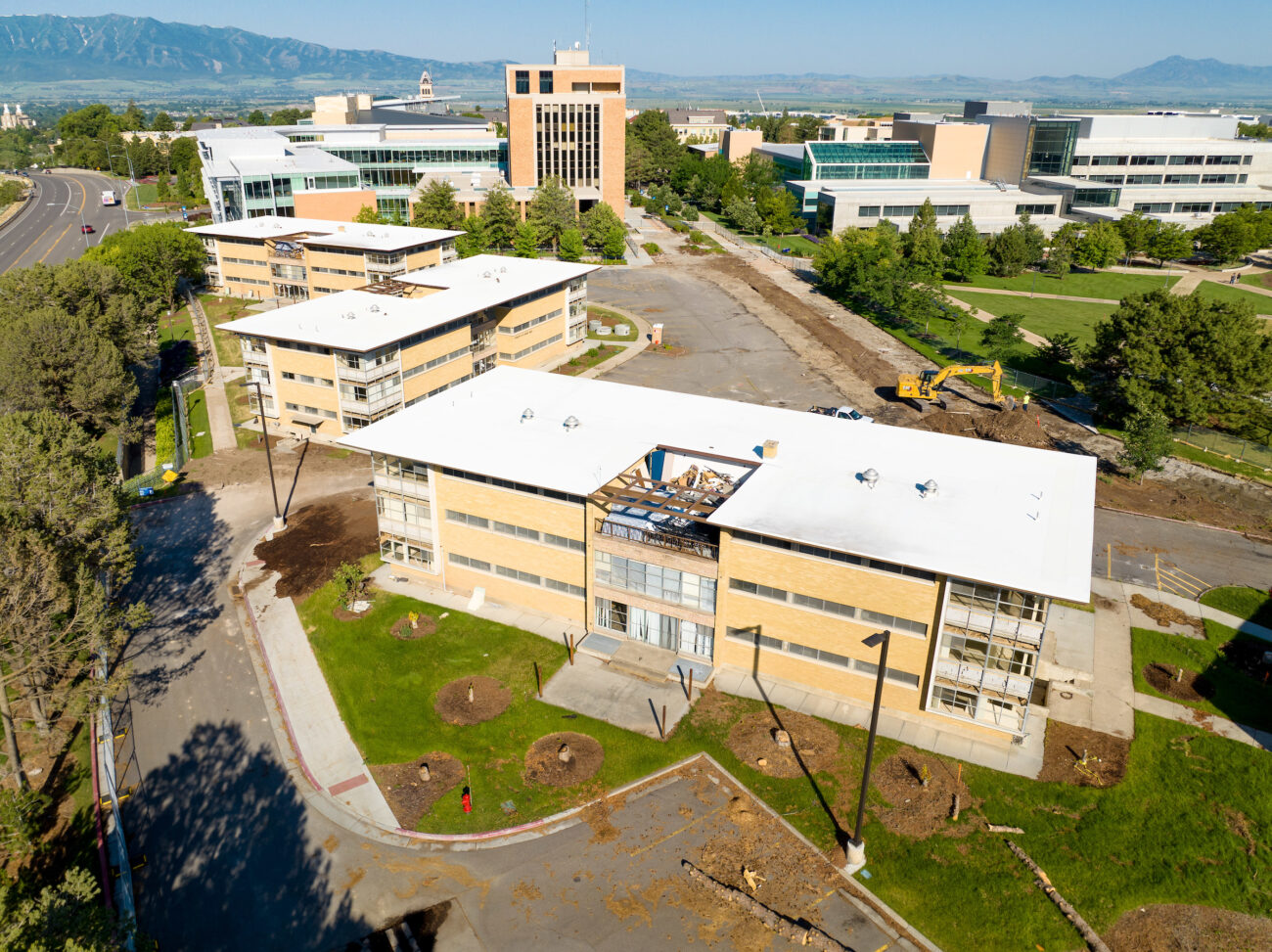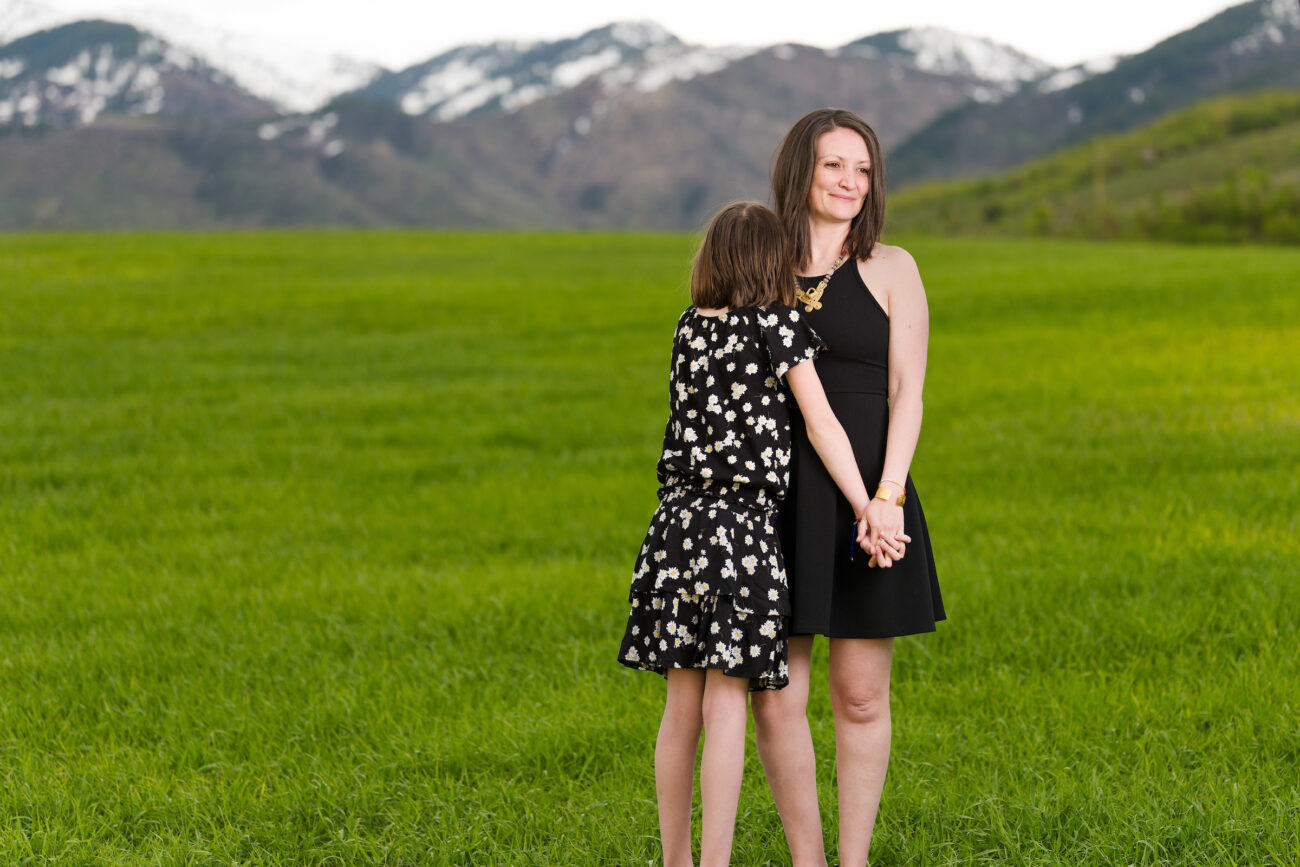50 Years of Influencing for Good
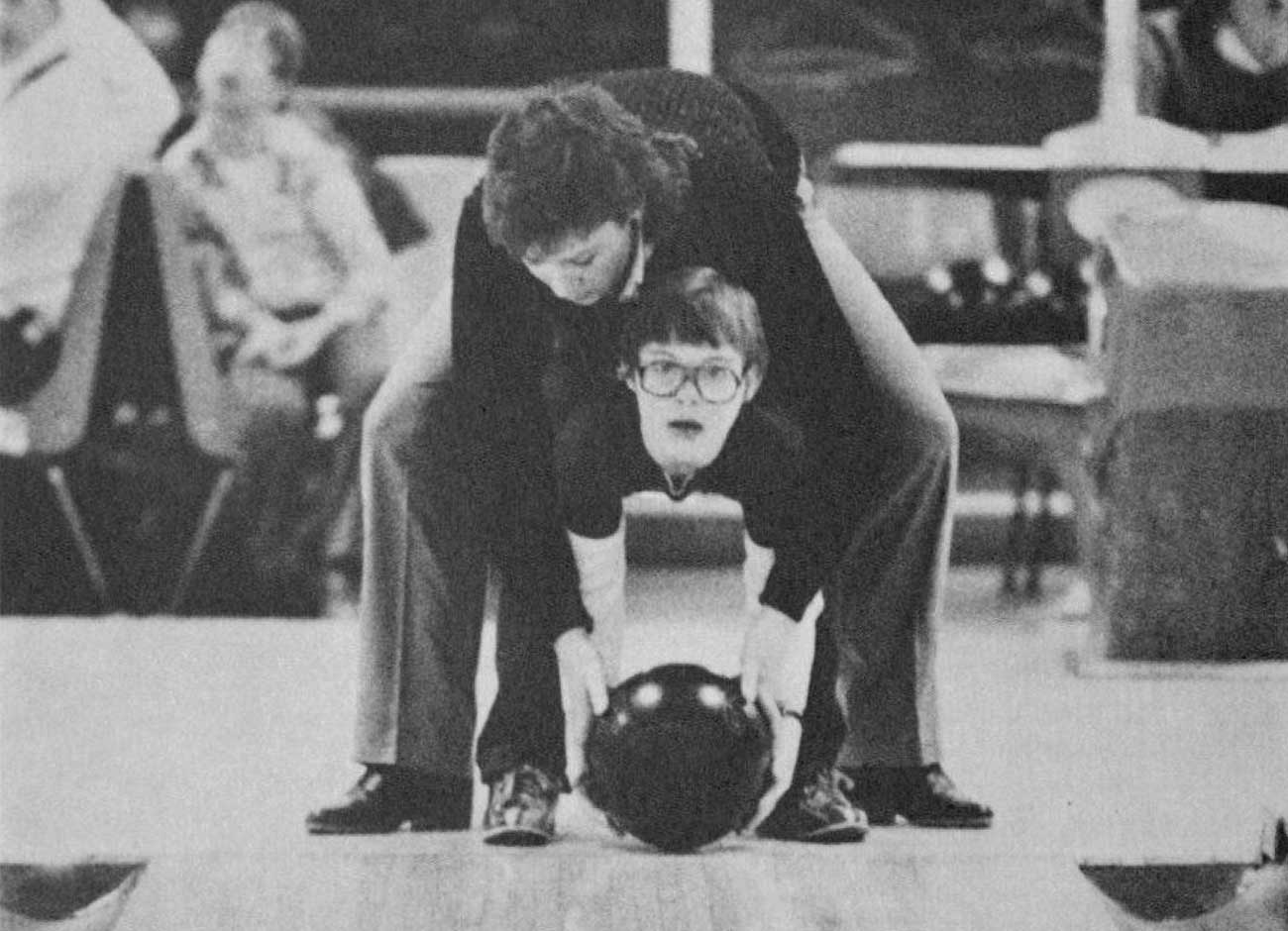
In 1970, with much of the Utah State University campus community involved in the Vietnam War – whether actively deployed or protesting at home – students in Logan needed something unifying to put their energy toward.
The result was the Volunteer Organization for Involvement in the Community and Environment (VOICE). Now, 50 years since it was established, the Val R. Christensen Service Center is still finding ways to be a positive influence on campus and around Cache Valley.
Christensen was USU’s Director of Student Activities at the time and oversaw the founding of VOICE after observing a similar program while pursuing his doctorate at Michigan State. The first VOICE project involved raking and gathering leaves all over town, but quickly grew into other events and programs.
“They (students) were always so willing to volunteer and wanted to be involved,” Christensen says. “Many of our students already come with a commitment and culture of service. This is also consistent with the USU’s mission to be engaged in service.”
Christensen continued to be heavily involved with VOICE but made sure it was student-directed. He was known for giving his student leaders the reins, encouraging them to think big and not limit themselves or their ideas.
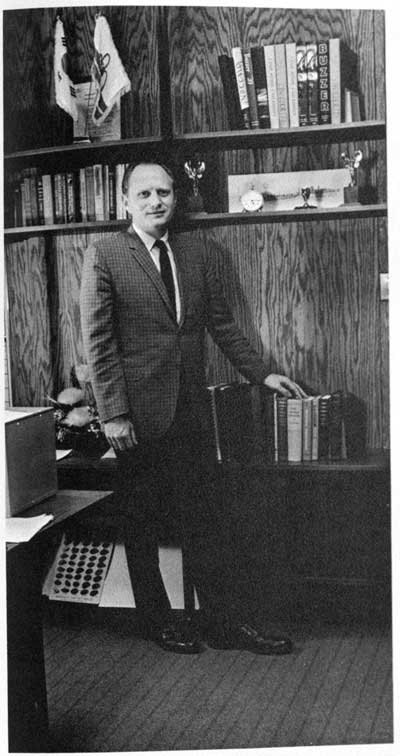
Christine Lord was the first student elected to oversee the service programs. She spent the 1972-73 school year as the Volunteer Services Vice President.
“When I got on board, Val Christensen was my advisor, and he said, ‘You can do anything you want, you’re the first one,’ so I was able to institutionalize a lot of programs under one umbrella,” Lord says.
Lord’s first project was expanding the Special Olympics program, driving around the tri-county area to bring kids to campus for activities. That continued to grow, and Lord worked with other groups like Big Brothers Big Sisters and Friends of the Elderly. She worked directly with then-university president Glen L. Taggart to create an on-campus childcare center for children of USU students.
Under Christensen’s guidance of “don’t knock down any ideas,” Lord welcomed it when her committee set an ambitious goal to take a group of Special Olympics kids to Disneyland.
“I just had to remind myself that Val taught us to be open-minded. We can accomplish this,” Lord says. “They brainstormed. Val always said to never nix any ideas, so we brainstormed and wrote every idea down on sheets of paper on the wall.”
The group gathered donations for everything from the bus driver to meals to hotel stays, taking the participants to Disneyland and Knotts Berry Farm on a very minimal program budget.
Though her experience with the Service Center was nearly 50 years ago, Lord still reflects fondly on her time as volunteer services VP and the impact it had on her life.
“It changed my life completely. I learned a lot more from hands-on experiences than I did from the textbook. When you can apply your Stage Learning class to a real-life situation, you learn so much more from it.”
Christine Lord
“It changed my life completely. I learned a lot more from hands-on experiences than I did from the textbook,” Lord says. “When you can apply your Stage Learning class to a real-life situation, you learn so much more from it.”
Lord cites her involvement in the Service Center as the thing that brought her out of her shy shell and led her to a future she wouldn’t have imagined. She worked for Congressman David Marriott, then with Senator Orrin Hatch on disability and aging policy in Washington, D.C.
The torch of volunteer services VP, now known as service VP, has been passed several times and is currently held by Kara Bachman. She joined the Service Center working with the Food Recovery Network, eventually taking over as director of that program.
“Being a volunteer, member, and director in the service center I felt like I found a place I belonged. I have enjoyed getting to know other students, creating new programs and being part of larger conversations,” Bachman says. “As someone who didn’t know anyone when I arrived as a first-year student at USU, being a participant in the programs and a director has made the biggest impact on me and has helped me feel included. I have made countless friends who support and care about me and my future.”
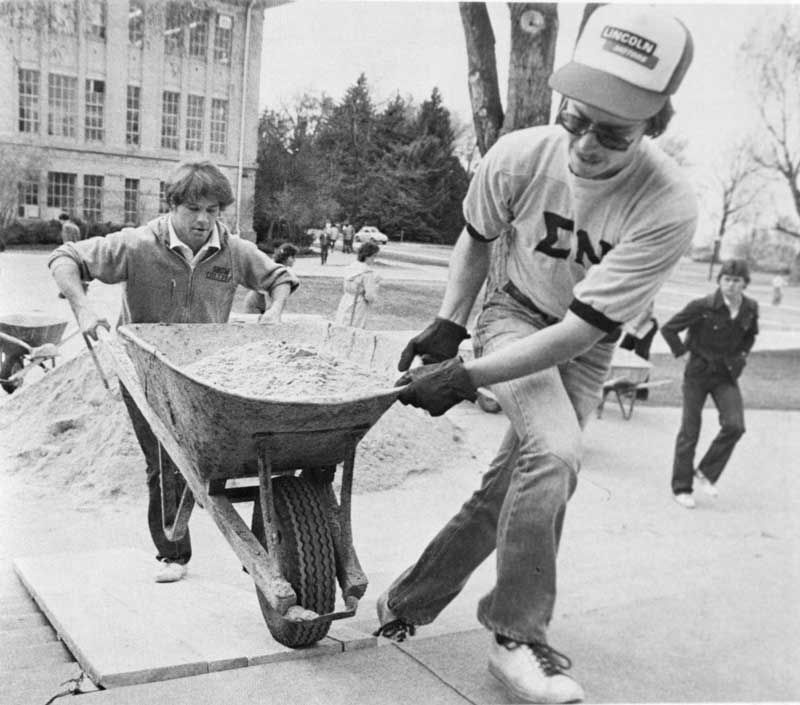
From the founding of VOICE through its growth over the years, Christensen remained very hands-on and involved in the service programs on campus. In 1998, the center officially became known as the Val R. Christensen Service center, much to Christensen’s surprise.
“President George Emert came over to my office in the TSC and just said ‘Let’s go upstairs.’ We went up to the Service Center and there was a small group of students gathered and he announced that the university was going to name it after me. I was very honored but kind of embarrassed,” Christensen says. “Over the years it was really the students that did all the work and came up with the creative ideas, I just made sure they had the funds they needed to run their programs.”
After 50 years of dedication and service to the USU community, the Val R. Christensen Service Center has created a special legacy on campus.
“It’s tremendous. They’re still doing all kinds of diverse projects,” Lord says. “I’m very proud of what they’re doing and accomplishing.”
Now 85 years old, Christensen, who retired from USU in 1996, celebrated the 50th anniversary of the Service Center at home.
“I believe it is the probably the most important part of student government and student involvement because of the consistency and the impact it has had on thousands of students,” Christensen says. “The motive of students who get involved in the Service Center is to help and serve others. It has been a powerful influence for good for the community and on campus.”



